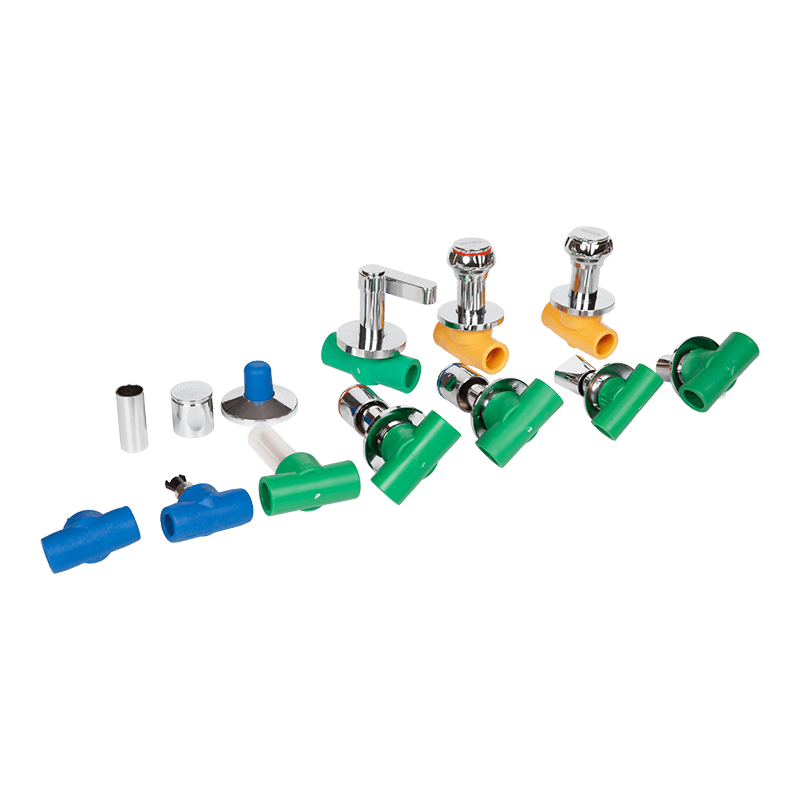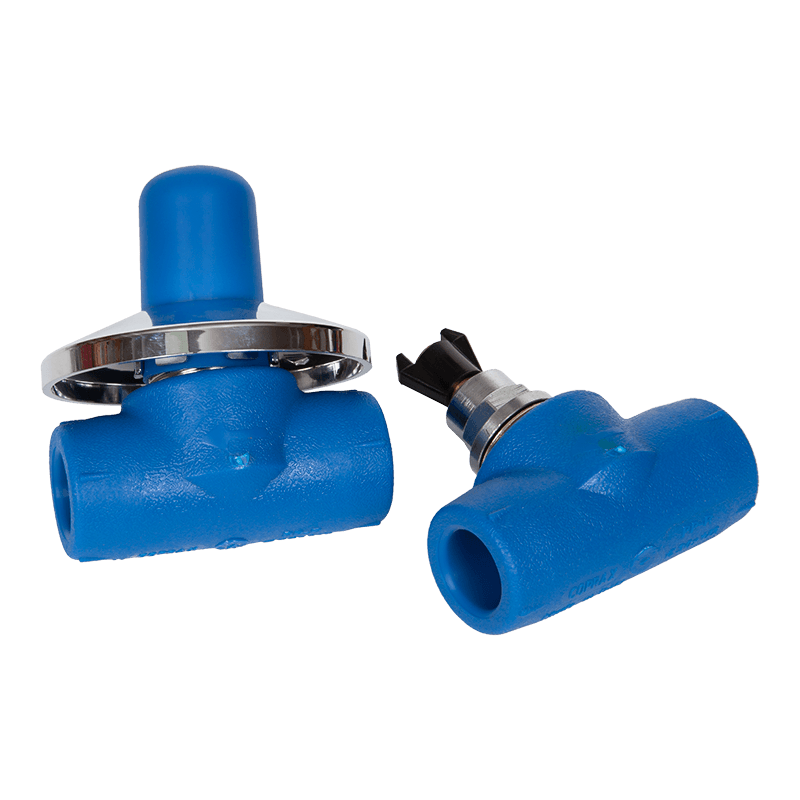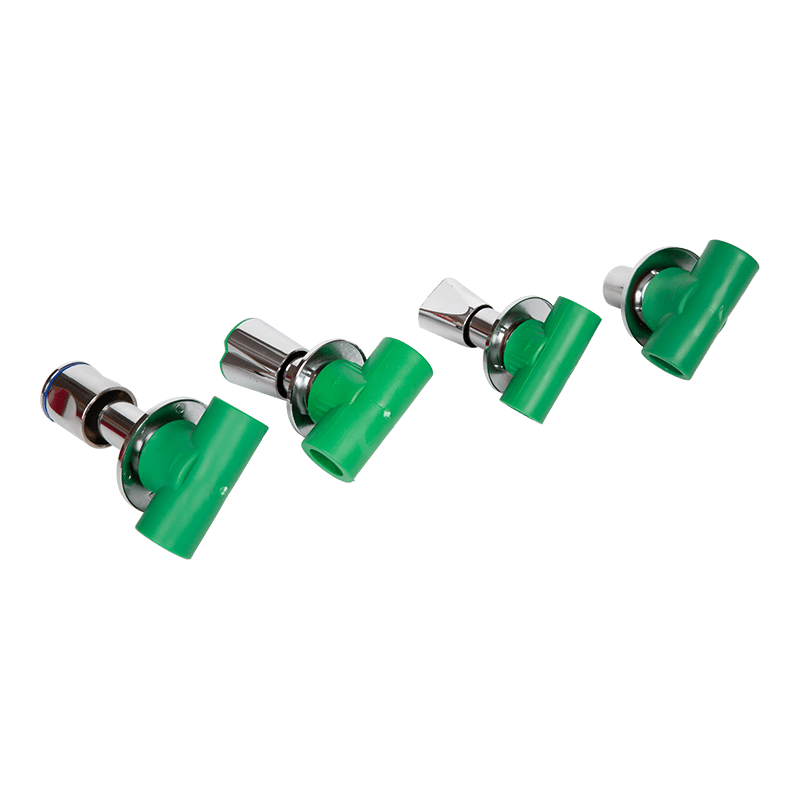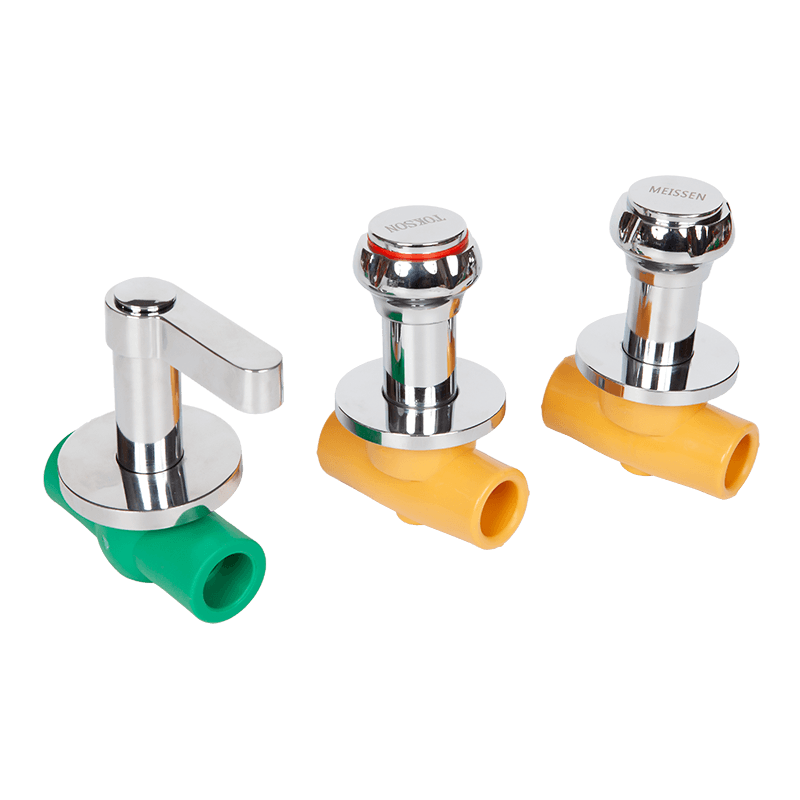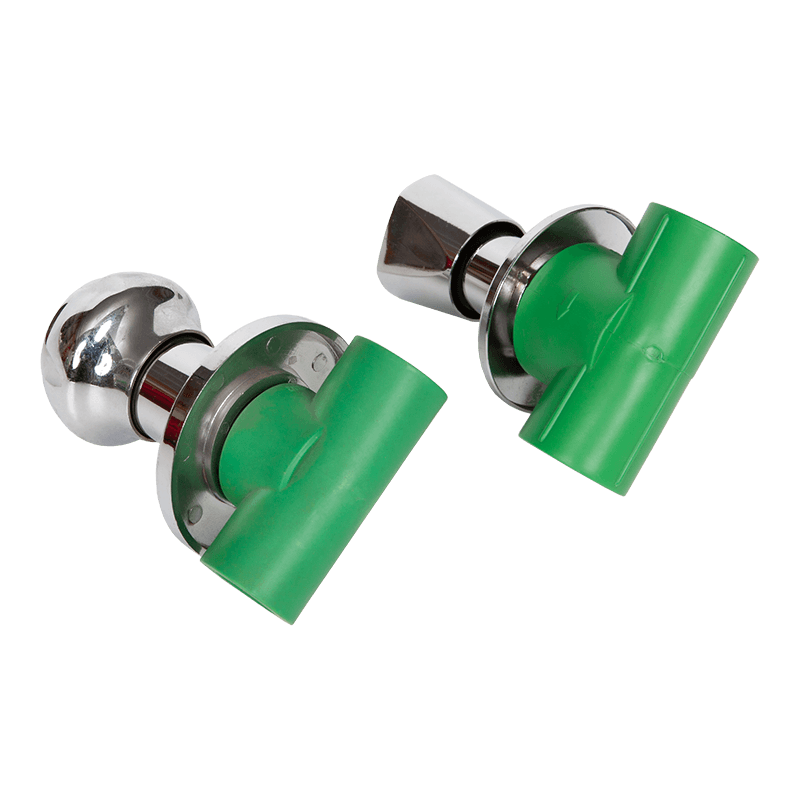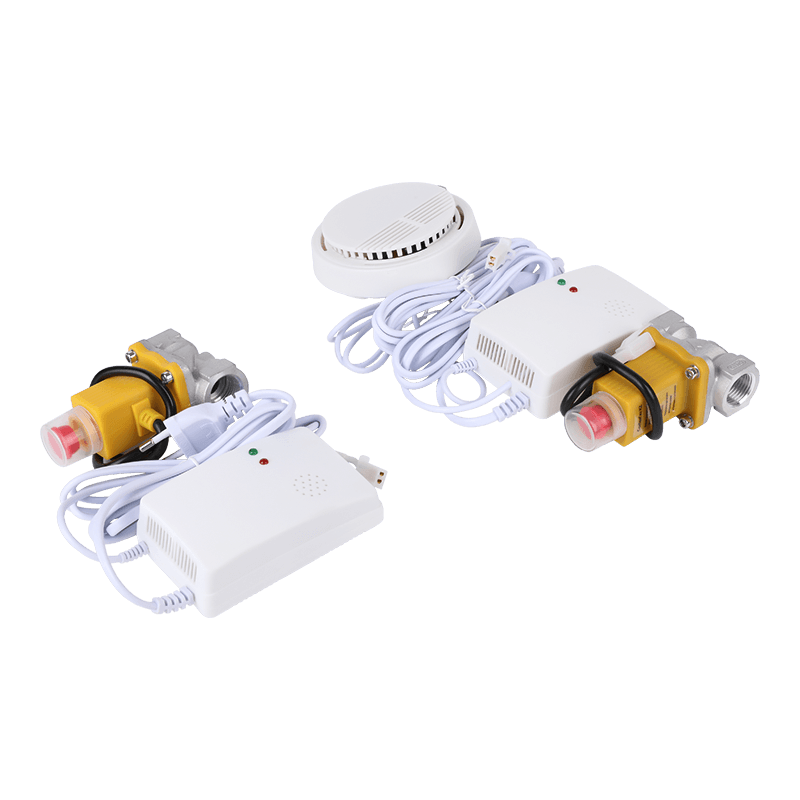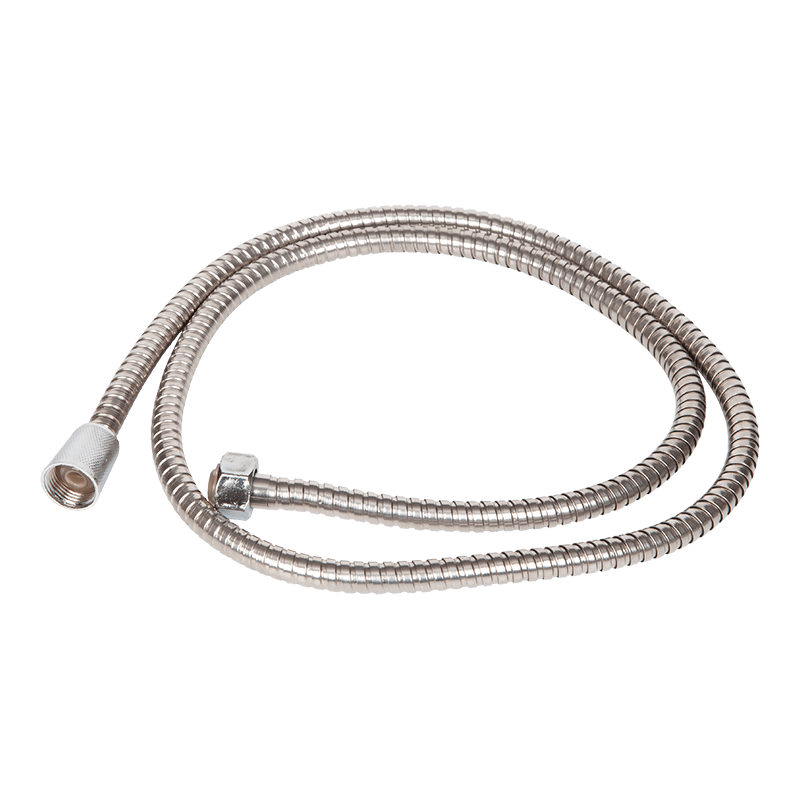Check the sealing of the shut off valve regularly
One of the main functions of the shut off valve is to control the flow of fluid, so its sealing is very important. During use, the sealing surface may be damaged due to long-term pressure or friction. Regularly checking the sealing of the valve to ensure that there is no leakage is one of the key points of maintenance work. During the inspection, visual inspection, listening, and using a leak detector can be used to determine whether there is a leakage problem. If a leak is found, it is necessary to repair or replace the seal ring in time to avoid the impact of fluid leakage on the equipment and the environment.
Cleaning and removing sediments
During the use of the shut off valve, the fluid may contain impurities or sediments, which will accumulate inside the valve as the fluid flows, especially on the contact surface of the valve seat and the valve core. Regularly cleaning the inside of the valve and removing sediments can reduce the risk of valve jamming, clogging and wear, and keep the valve in good operating condition. During the cleaning process, a suitable cleaning agent should be selected and ensure that the cleaning tools do not damage the valve.
Keep the valve lubricated
The sealing surface and moving parts of the shut off valve will rub during operation, and long-term friction may cause wear and damage. In order to reduce friction and extend service life, it is very necessary to lubricate the moving parts of the valve regularly. The choice of lubricating oil or grease should be determined according to the material and working environment of the valve to ensure lubrication effect without corrosion or contamination of the valve. When lubricating, be careful not to overdo it to prevent the lubricant from entering the fluid channel and affecting the fluid quality.
Check the wear of the valve stem and valve seat
The valve stem and valve seat are key components of the shut off valve, and their wear directly affects the use effect of the valve. Regularly check the wear of the valve stem and valve seat to find problems in time and repair or replace them. If scratches, pits or unevenness are found on the valve seat, they should be handled in time to avoid affecting the sealing and fluid control effect of the valve. If the valve stem is bent or worn, it should be replaced in time to avoid affecting the normal closing of the valve.
Prevent excessive operation
Excessive operation of the valve will aggravate the wear of its internal components and shorten the service life of the valve. When operating the shut off valve, avoid excessive rotation of the valve handle and avoid using excessive force. If the valve is stuck due to improper operation, it should be shut offped and checked in time to avoid further damage.
Avoid the valve being in an open or closed state for a long time
If the shut off valve is in a fully open or fully closed state for a long time, the sealing surface of the valve may be deformed or damaged due to long-term pressure. Therefore, when the valve is not used for a long time, it should be avoided in extreme conditions. If conditions permit, adjust the valve to different opening degrees regularly to maintain the flexibility and good sealing performance of the valve.
Check the valve connection parts
During the installation of the shut off valve, it is necessary to connect the pipeline or other equipment, so the connection between the valve and the connection parts is very important. Regularly check the tightness of the connection parts between the valve and the pipeline, flange, etc. to ensure that there is no looseness, leakage or deformation at the connection. If the connection parts are found to be loose, they should be tightened or replaced in time to ensure the stability and sealing of the valve.
Prevent the external environment from corroding the valve
During operation, the shut off valve may be exposed to different environmental conditions, such as humidity, high temperature, corrosive gases, etc. These environmental factors may cause corrosion and aging of the valve, thereby affecting the performance of the valve. In order to avoid damage to the valve by the external environment, it is recommended to take appropriate protective measures, such as anti-corrosion coating of the valve, or using valves made of corrosion-resistant materials. In addition, when storing valves, they should also be placed in a dry and ventilated place to avoid long-term contact with moisture or harmful gases.
Check the functional test of the valve regularly
In addition to daily inspection and cleaning, functional tests should be performed regularly to check whether the shut off valve can open and close normally and effectively control the flow of fluid. During the test, the response of the valve can be observed by simulating different working pressures and flows. If it is found that the valve does not work as expected, it may be caused by valve core wear, aging of the sealing ring, etc., and timely maintenance or replacement of parts is required.
Follow the manufacturer's maintenance recommendations
Each shut off valve manufacturer will provide detailed instructions and maintenance recommendations. Following these recommendations can effectively extend the service life of the valve. When performing maintenance and care, be sure to refer to the manufacturer's guidance and avoid using inappropriate tools, cleaning agents or lubricants. In addition, regularly check the performance of the valve and understand the manufacturer's specific requirements for different types of valves.

 LANGUAGE
LANGUAGE  English
English русский
русский 中文简体
中文简体